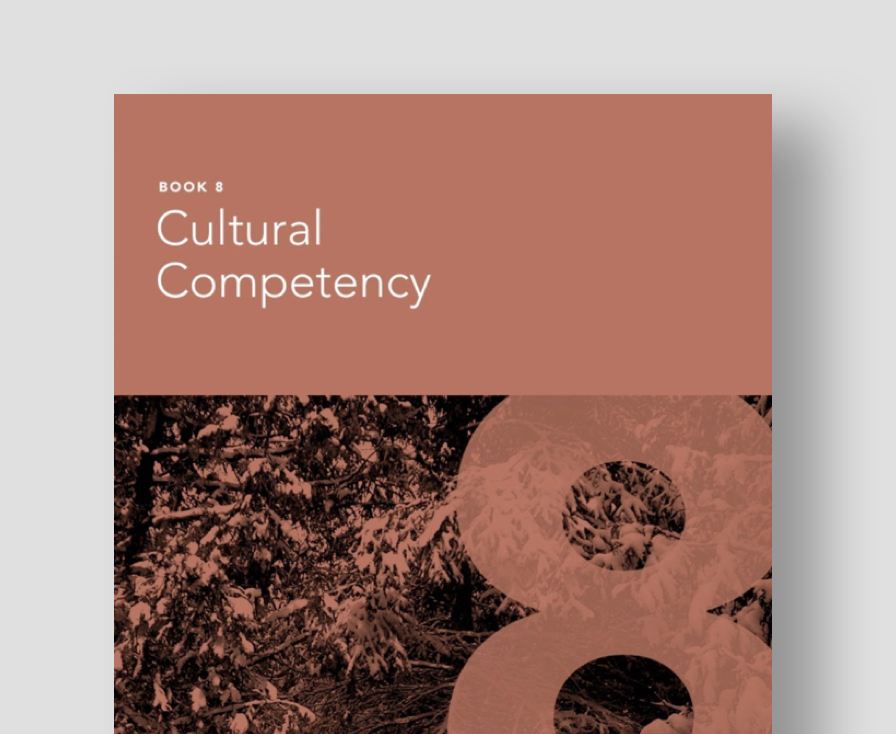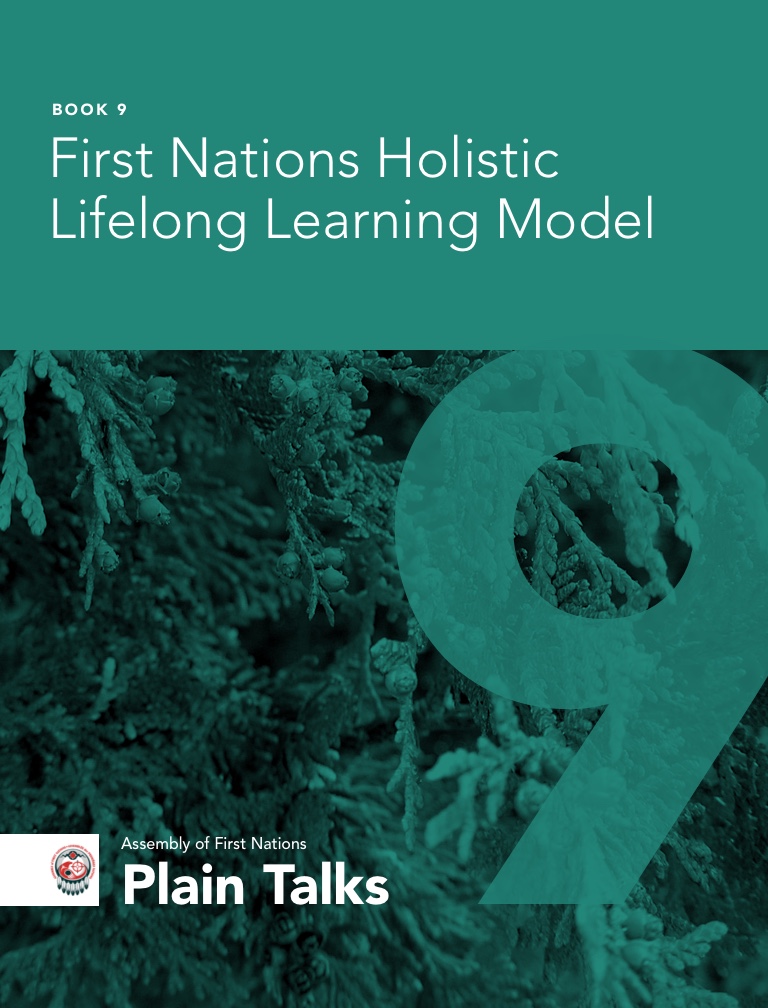Overview
Cultural competency is a mindset or way of viewing the world. For those who commit to culturally competent practices, it represents a paradigmatic shift from viewing others as problematic to viewing how one works with people different from one’s self in a manner to ensure effective practices.
Cultural competency in First Nations education means adopting and implementing a number of relevant practices and strategies. The cultural elements in the Tool Kit include information about cultural protocols including how to connect with Elders, how to present tobacco, sacred medicines and pouches, talking circles, sweatlodge ceremonies, the medicine wheel, regalia, storytelling, the drum, the pipe, the powwow, the potlatch ceremony, the eagle, songs, dance, smudging, Indigenous knowledge and contributions, biases and stereotypes, and meditation. It also touches on colonization, treaties, and residential schools, though these topics are covered more thoroughly in other Plain Talks. In addition, there are a series of support resources that enhance the understanding of the First Nations perspective.
Resources
Cultural Competency – User Guide
Welcome to Plain Talk 8 - Cultural Competency
Book: Cultural Competency
A glimpse at First Nations cultural competency.
Kinikinik – A Treaty Play
Kinikinik is a short instructive piece of theatre that seeks to enlighten those who experience it.
Healthy Aboriginal Network
Illustrations, posters, video and comic books on health and social issues for youth.
SAYMAG
Reputable lifestyle magazine for and about Native people.
Classroom Materials
Teaching tools designed to help in and out of the classroom.
Recommended Resources
Looking to learn more about Cultural Competency?

